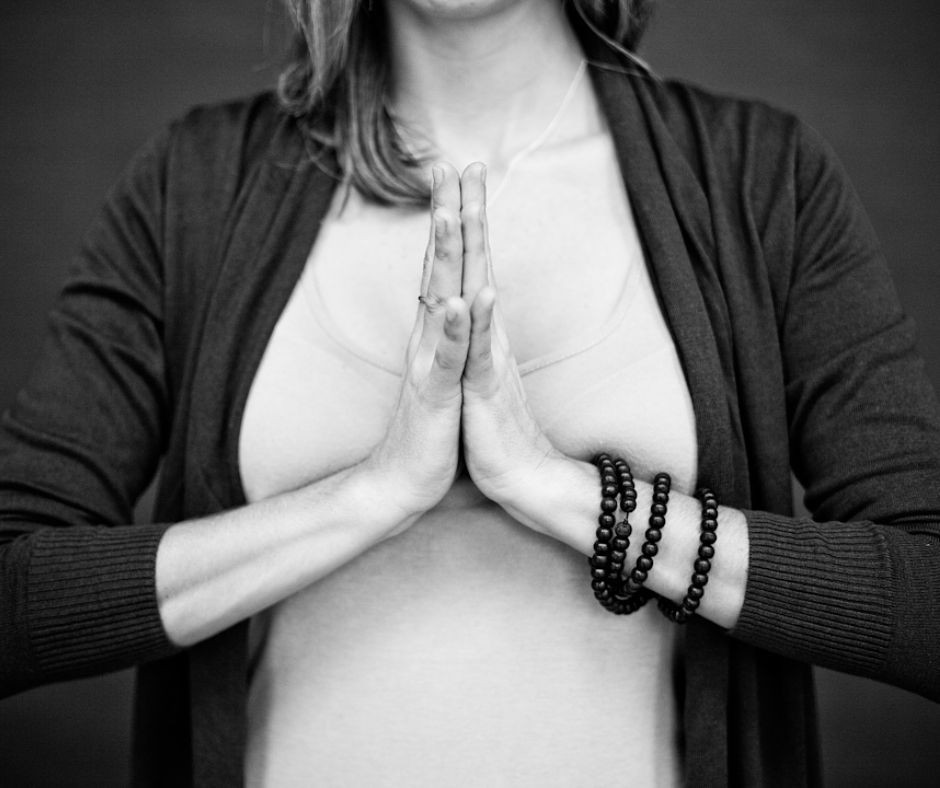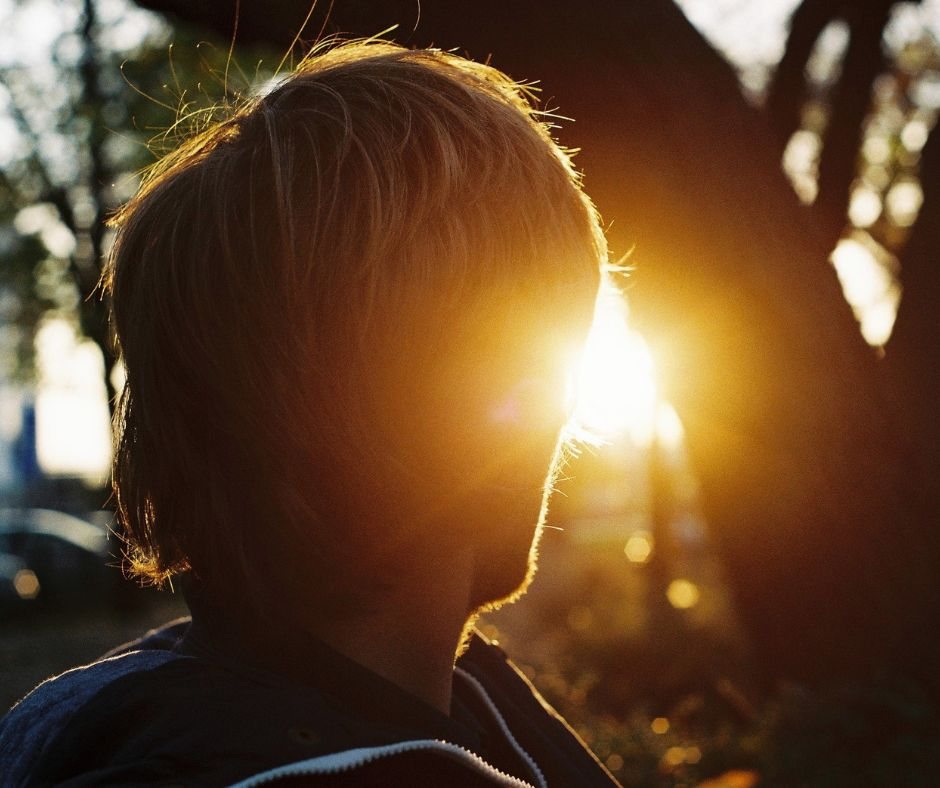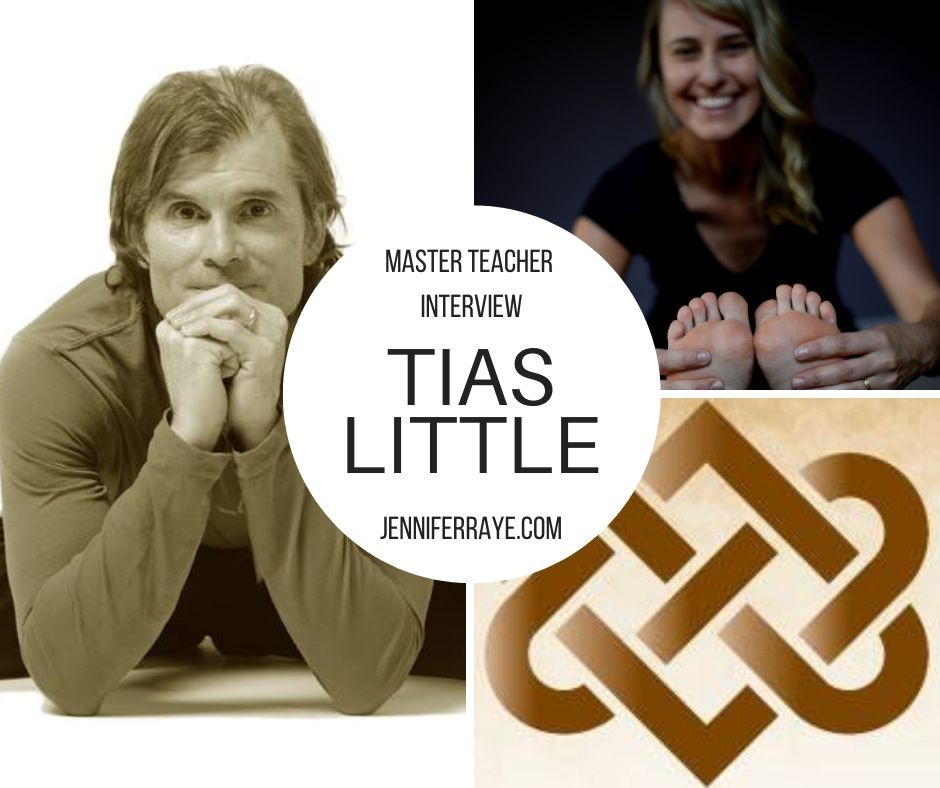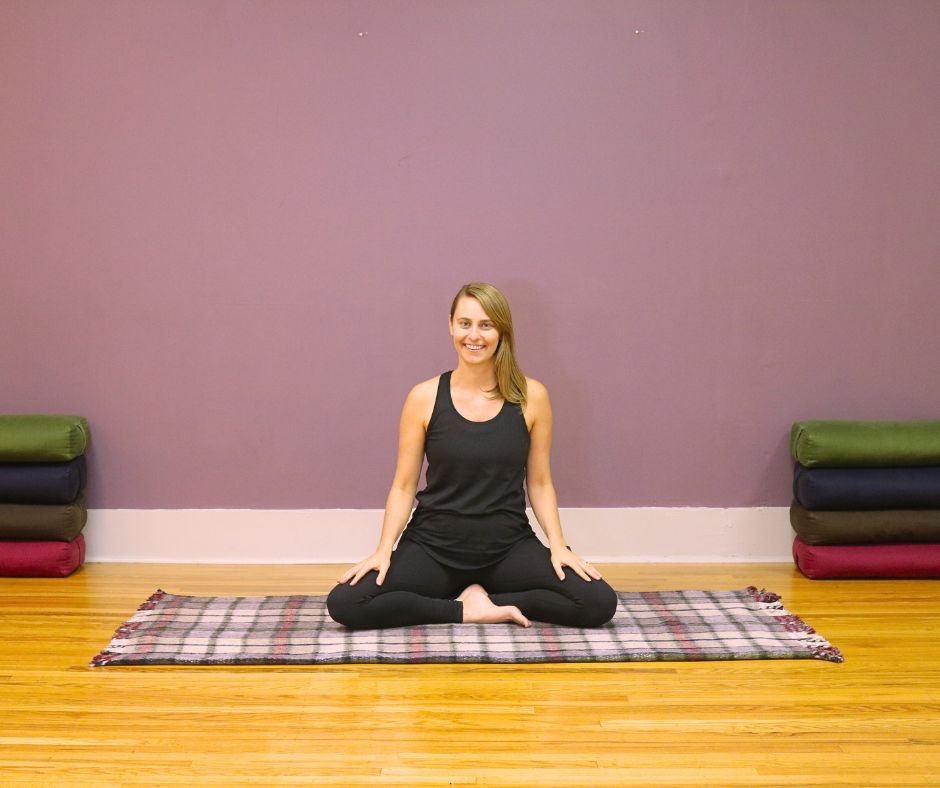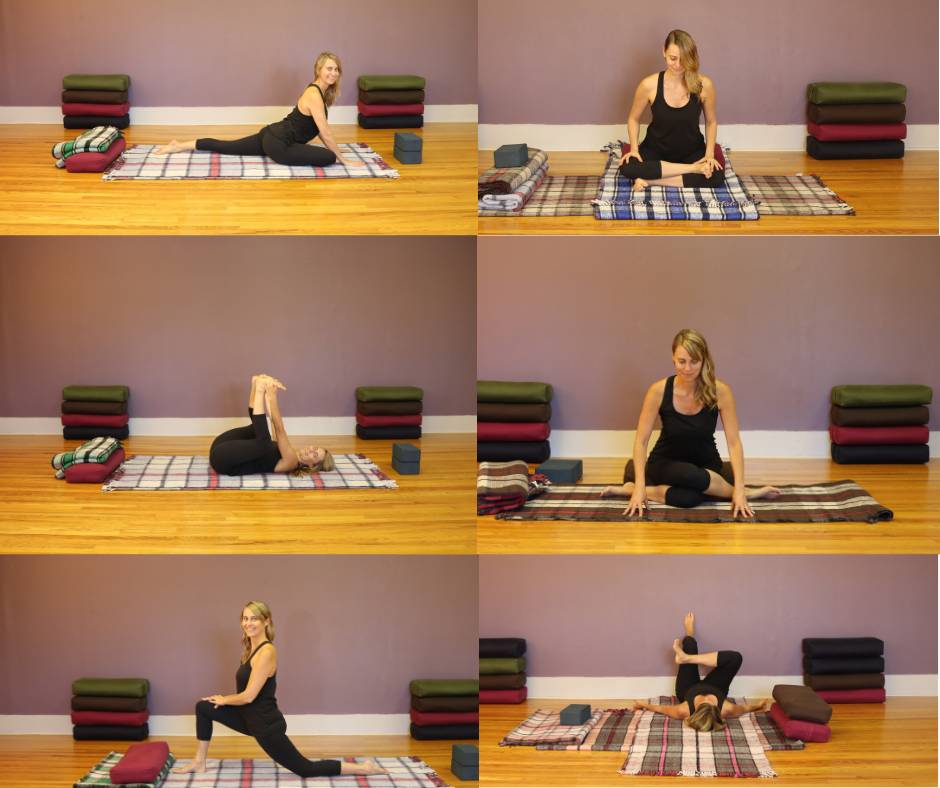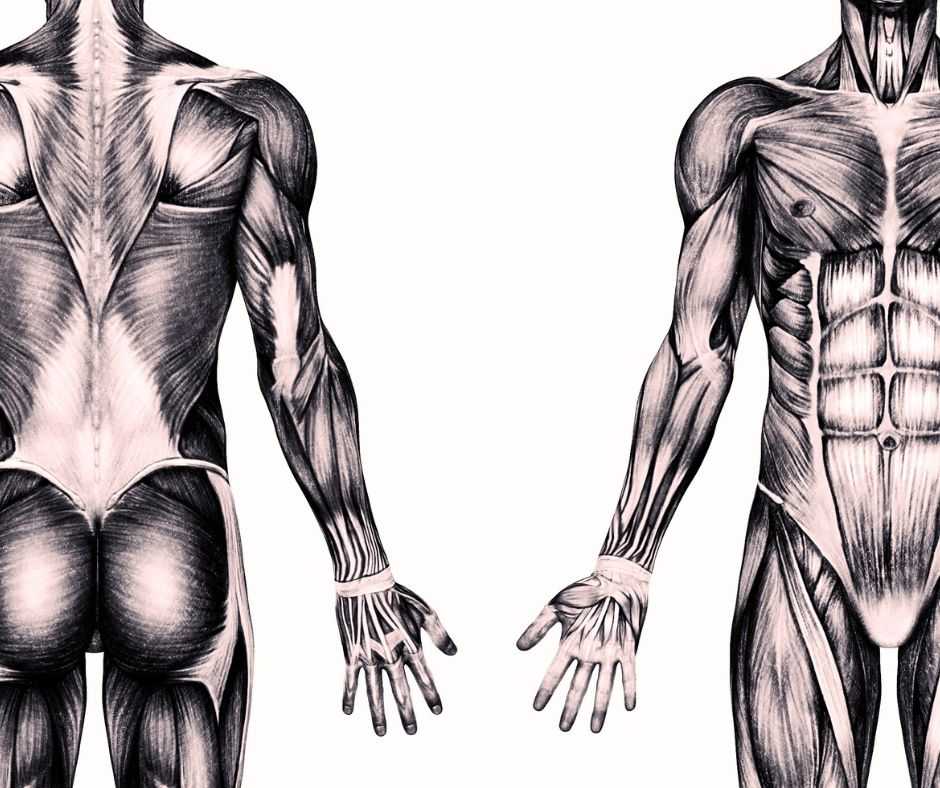"Mindfulness awareness practice is the home ground of the spiritual warrior."
Pema Chodron
Through our yoga or meditation practice we learn to be with ourselves in order to deeply experience ourselves. We commit to arriving here and now with wholehearted presence and we become familiar with our home base.
This takes love, courage, honesty, and gentleness.
We come home to ourselves by quieting the body, mind, and breath and by paying attention to our sensations and thoughts. From this place of stillness our true nature shines through.
"Stillness is not the absence or negation of energy, life or movement.... It is unconflicted movement, life in harmony with itself, skill in action.... Stillness, therefore, is a higher energy state.... When you are wholehearted about something... when you are participating fully in the moment you are in .... you will experience a new sense of aliveness"
Erich Shiffman
Through our practice we explore ways to touch our true nature more often. When we stay connected to our full experience without abandoning or retaliating we become intimately familiar with ourselves and our bodies. We begin to notice more easily when we move away from our true self. It becomes obvious when we are disconnected; acting from a place that is off center.
We can use the breath to affirm the fact that we are here right now. The breath can be used as a pathway into our body and out of our head. We strengthen our capacity for attention by placing our awareness on the breath in order to develop greater presence. Through training, we open and experience every circumstance with wakefulness.
As we stay present with the rising and falling of passing circumstance we see our patterns of reaction more clearly. Almost universally, we notice that we tend to lean towards pleasant experience and lean away from unpleasant experience. It is human nature to judge, avoid, ignore, or obsess when difficulty arises.
Through practice we learn to let go.
We begin to see that our clinging and deeply rooted identification with whatever is happening creates further separation from our home base. When challenges present themselves, instead of resisting our experience, we learn to open our hearts, and with curiosity and interest, we invite difficulty in. We observe and engage with what arises while remaining in our home base which encourages a greater sense of understanding and compassion within ourselves and towards others.
With unconditional friendliness we pause and meet whatever is present.
"We are learning to make friends with ourselves, our life, at the most profound level possible."
Pema Chodron
The specific sensations, thoughts, and emotions are unimportant. It is our willingness to keep attention on our experience that gives us the ability to relate to our lives with softness and patience.
When we embrace and celebrate impermanence, we accept our humanness and celebrate life. As we develop pure presence in the ever changing now we unfold into a more whole expression of ourselves.
Through true seeing we can accept that impermanence is not negative or positive. It is just the way life is.
As we explore ways to open and fully experience our lives, we learn to disengage from our conditioned reactions and do something different. We also have the opportunity to rest so that we can respond with wisdom in a calm and collected way when facing pleasant, or unpleasant circumstances.
When we are still and grounded in our home base true seeing is possible. We return to presence and we say yes to life and it’s ever changing nature.

